Central Coast water restrictions: New trigger points adopted
New higher trigger points for water restrictions on the Central Coast have been adopted with experts saying it’s better to be restricted for longer than run out of water altogether.
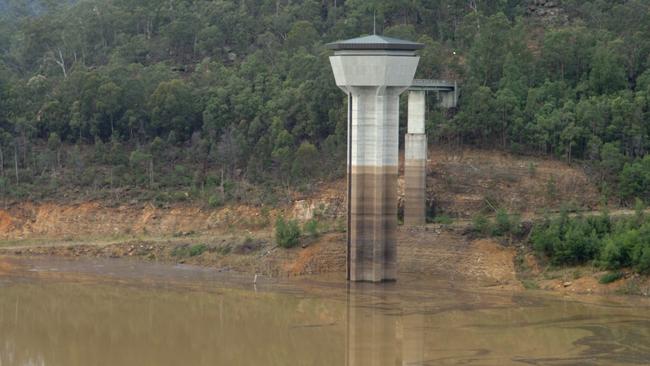
Central Coast
Don't miss out on the headlines from Central Coast. Followed categories will be added to My News.
Central Coast Council will introduce water restrictions much earlier from now on in response to uncertainty about the future climate.
Council last night voted to bring in level one water restrictions when water storage in Mangrove Creek Dam reached 50% — eight per cent earlier than the previous trigger point of 42%.
With levels currently on about 57%, and without significant rain, level one water restrictions could be introduced within months.
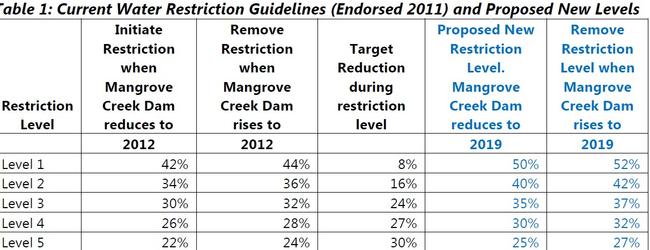
Level two restrictions will start at 40 per cent (compared to 34 per cent) level three at 35 per cent (was 30) level four at 30 per cent (was 26) and level 5 at 25 per cent (was 22).
A report reviewing the council’s Integrated Water Resources Plan to 2050 was tabled at last night’s meeting which looked at water demand, water supply, water restrictions and risk factors such as more frequent drought, Wallarah 2 coal mine and population growth.
The report pointed to emerging information on climate variability being more extreme than predicted and said it was “prudent” to introduce restrictions earlier.
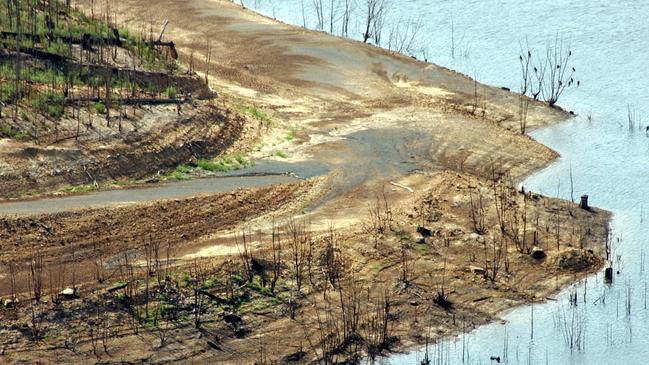
It said this would shift council’s approach from reducing the amount of time residents spent on water restrictions to reducing the risk of running out of water in the long term.
“The consequences of increased time on water restrictions are significantly less for a community than reaching critically low storage levels,” the report said.
The report did acknowledge that water storage was in a far better position than during the so-called Millennium Drought from 2001-2007 when council started the drought with just 45 per cent in Mangrove Creek Dam.
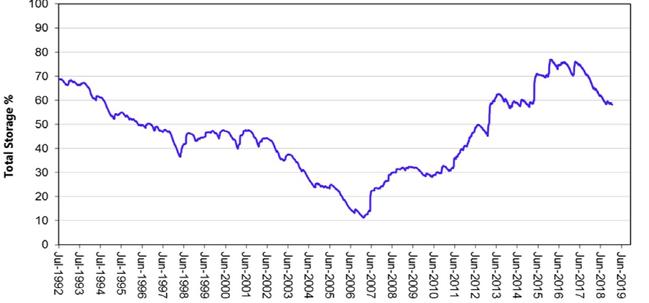
The report also pointed out that while population was growing, demand for water had never returned to levels prior to the Millennium Drought.
Residents currently use an average of 262 litres per person per day compared with 329 litres per person per day before that drought.
A range of improvements have also been made to the supply system since that time including the Hunter-Central Coast pipeline, a major link between Mardi Dam and Mangrove Creek Dam, new pumping stations and extra groundwater sources.
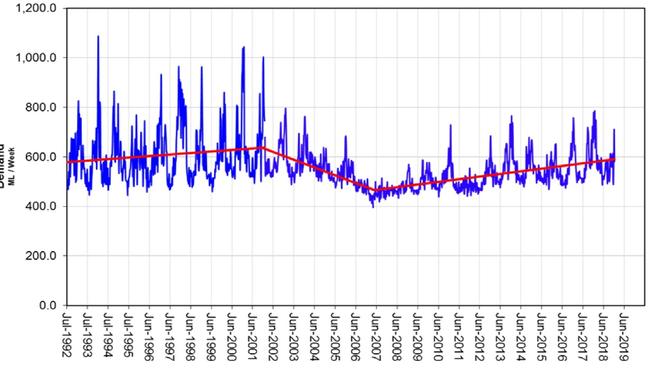
Several councillors who had been on council during the harsh period of the Millennium Drought applauded the change.
Cr Greg Best said the impact of climate change on the water supply was the most important issue facing councils.
“This is the issue that matters,” he said.
Cr Kyle McGregor said council was headed in the right direction while Cr Chris Holstein urged staff to consider a new public water awareness campaign as well as the new trigger points.
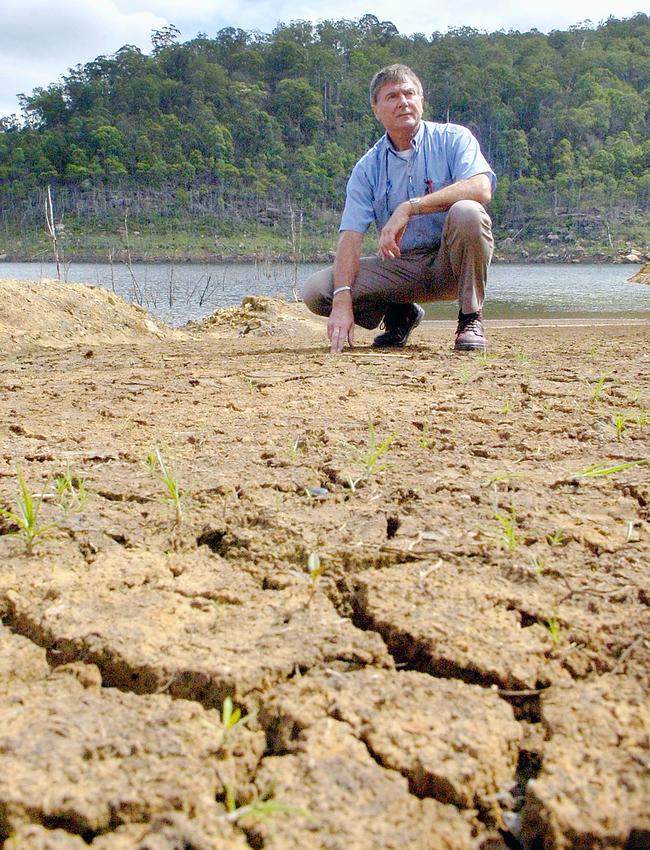
Cr Troy Marquart however expressed some scepticism about predictions of climate variability.
He said he had looked at available rainfall figures for the Central Coast since the 1800s and that there had been little variation — although there had been droughts.
“Are we basing this on someone’s opinion or on fact,” he said.
“In 135 years we’ve had no change,” he said.
